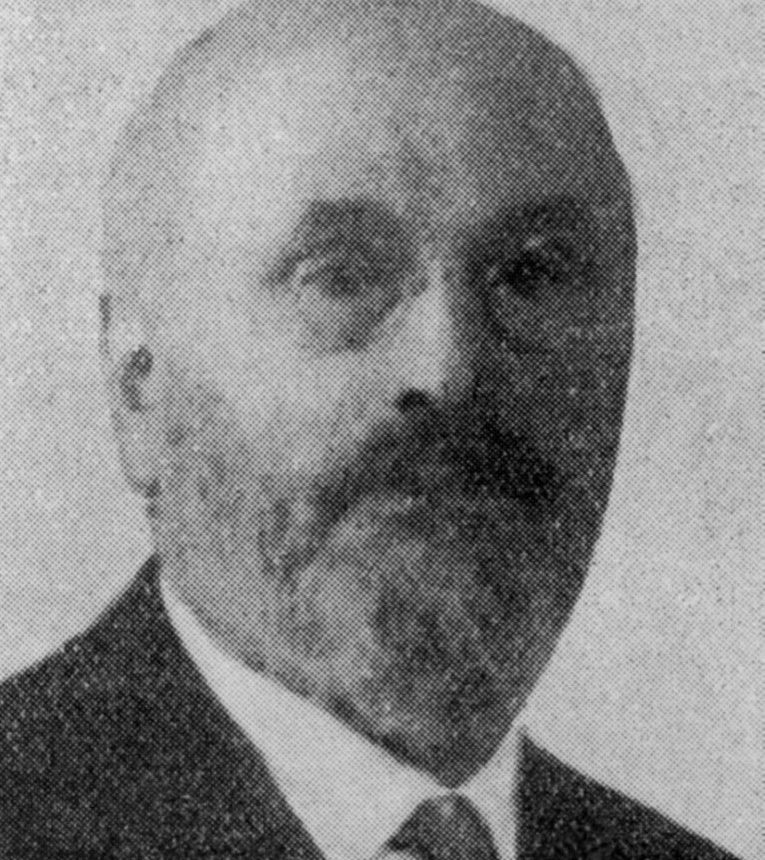Nathan RAPOPORT
Январь 5, 2019Fernand VAGO-WEISS
Январь 5, 2019Леопольд Семёнович СИНАеВ-БеРНШТеЙН
ВИЛЬНЮС 1867 – ДЕПОРТИРОВАН В ОСВЕНЦИМ В 1944 Г.
Леопольд Семёнович Синаев-Бернштейн получил традиционное воспитание. Он был одарённым студентом, наделённым талантом к рисованию, гравюре по дереву и скульптуре. Посещал занятия в Академии искусств Вильнюса. В 1881 году приехал в Париж и поступил в Школу изящных искусств. Учился у Жюля Далу, затем у Огюста Родена. В 1893 году выставлял свои работы во время парижских салонов и был отмечен серебряной меда- лью на Всемирной выставке 1900 года. В 1903 году он стал кавалером ордена Почетного Легиона, в том же году получил медаль третьего разряда. Во время оккупации Синаев-Бершнтейн сохранял спокойствие и продолжал работать. Он был арестован и интернирован в Дранси. Благодаря своим связям, две недели спустя он был выпущен на свободу. Но 22 января 1944 года был вызван повесткой в комиссариат полиции и интернирован в Дранси. 3 февраля 1944 года депортирован эшелоном №67. Убит нацистами.
Stories of Jewish Artists of the School of Paris 1905-1939
FRENCH-ENGLISH
Capitale des arts, le Paris des années 1905-1939 attire les artistes du monde entier. De cette période de foisonnement, un terme est resté, celui d'Ecole de Paris, qui recouvre une grande diversité d'expression artistique. Dans ce brassage dont Montparnasse est le creuset, un groupe se distingue : celui des artistes juifs venus de Russie, de Pologne et d'Europe centrale. Si leurs styles sont variés, un destin commun les rassemble : ils fuient l'antisémitisme de leur pays d'origine. Certains ont connu la célébrité dès les années 1920, tels Soutine, Lipchitz ou Chagall. D'autres n'ont pas eu le temps ou la chance d'y accéder. Près de la moitié a péri dans les camps de concentration nazis.
From 1905 to 1939, Paris attracted artists from all over the globe as the capital of the art world. This period of artistic proliferation became known as the School of Paris, and includes a great diversity of artistic expression. Within the teeming art world centred on Montparnasse, one group set itself apart: Jewish artists from Russia, Poland, and Central Europe. Although their styles were diverse, they shared the common fate of fleeing anti-Semitic persecutions in their home countries. Some became famous in the 1920s, such as Soutine, Lipchitz, and Chagall, while others did not have the time or the luck to gain renown. Nearly half of these artists died in Nazi concentration camps.





